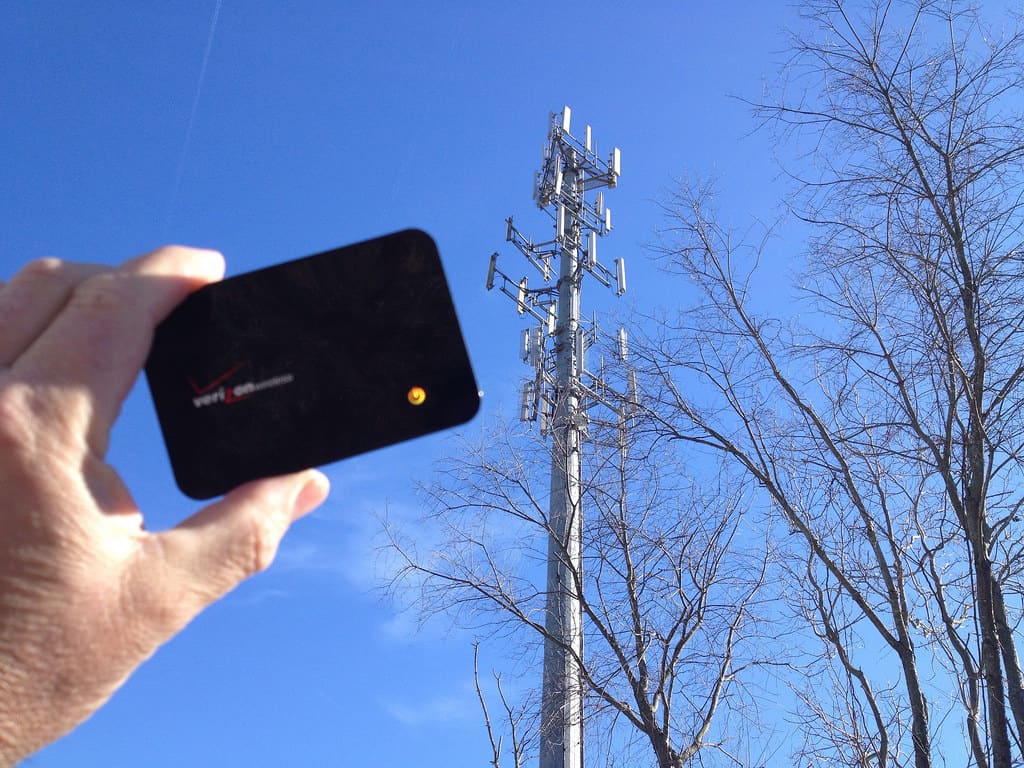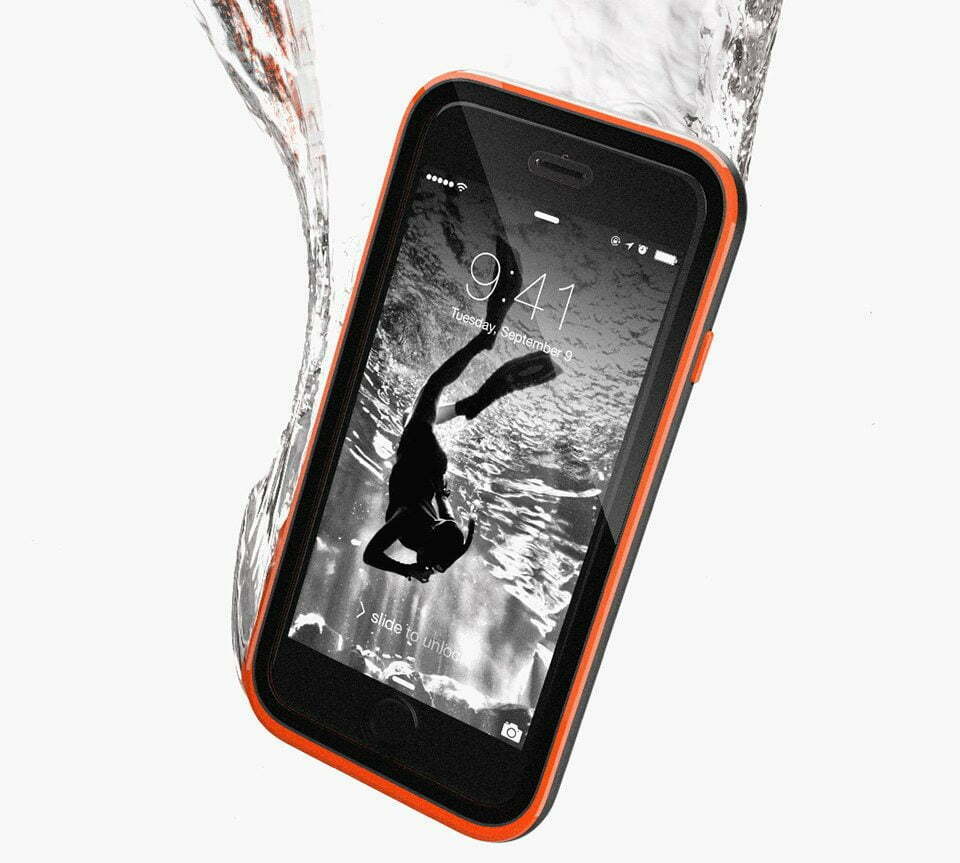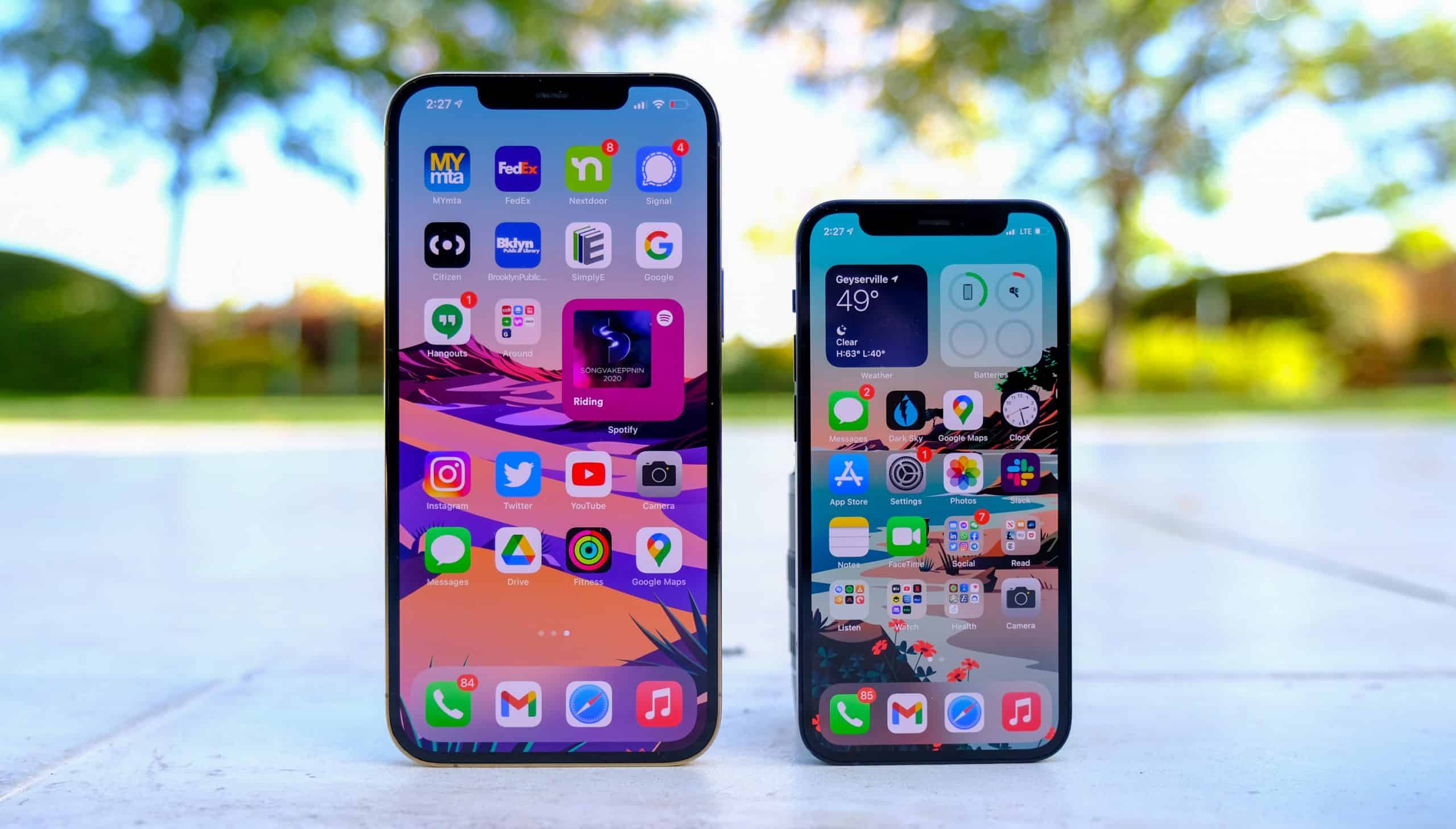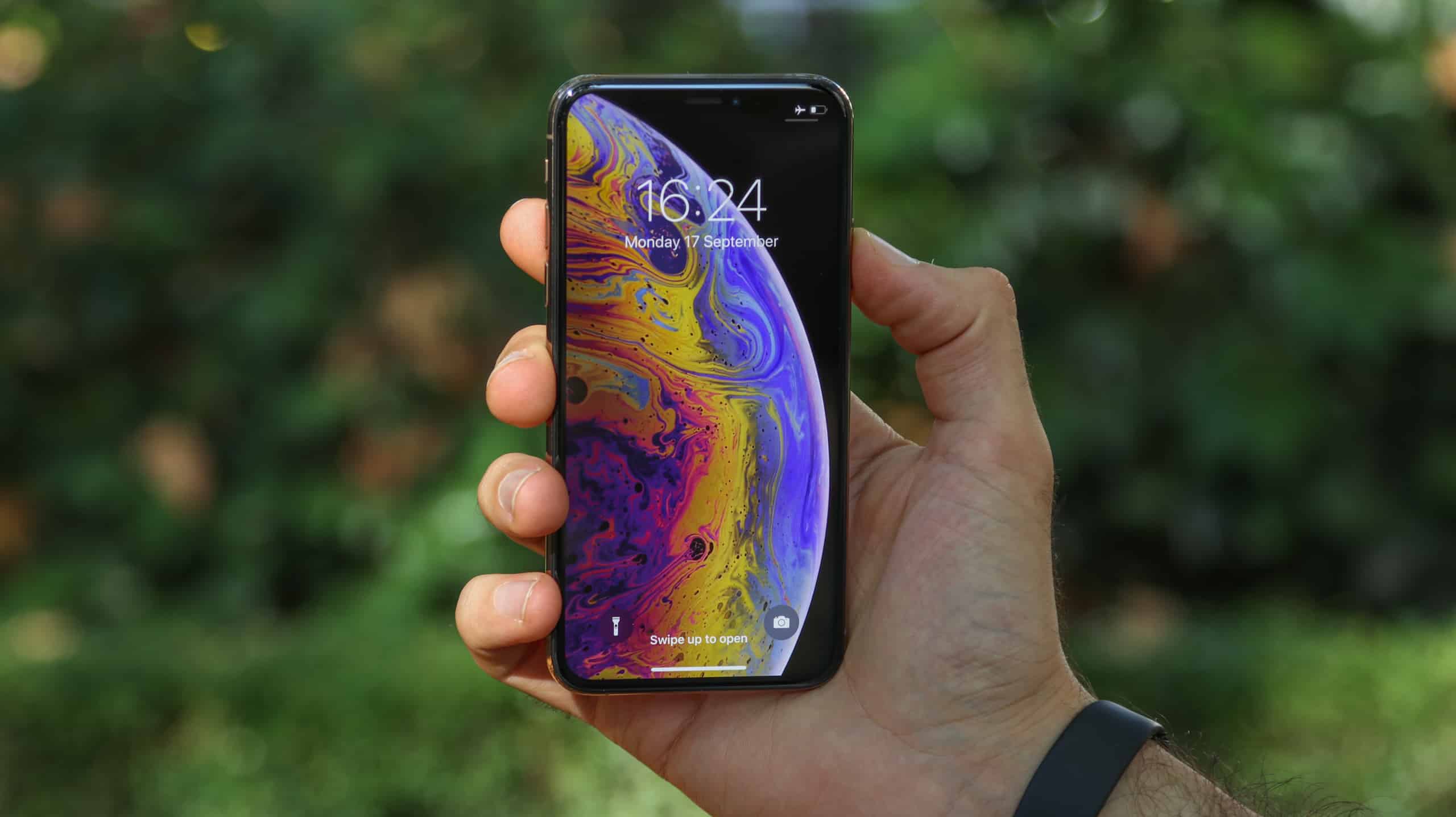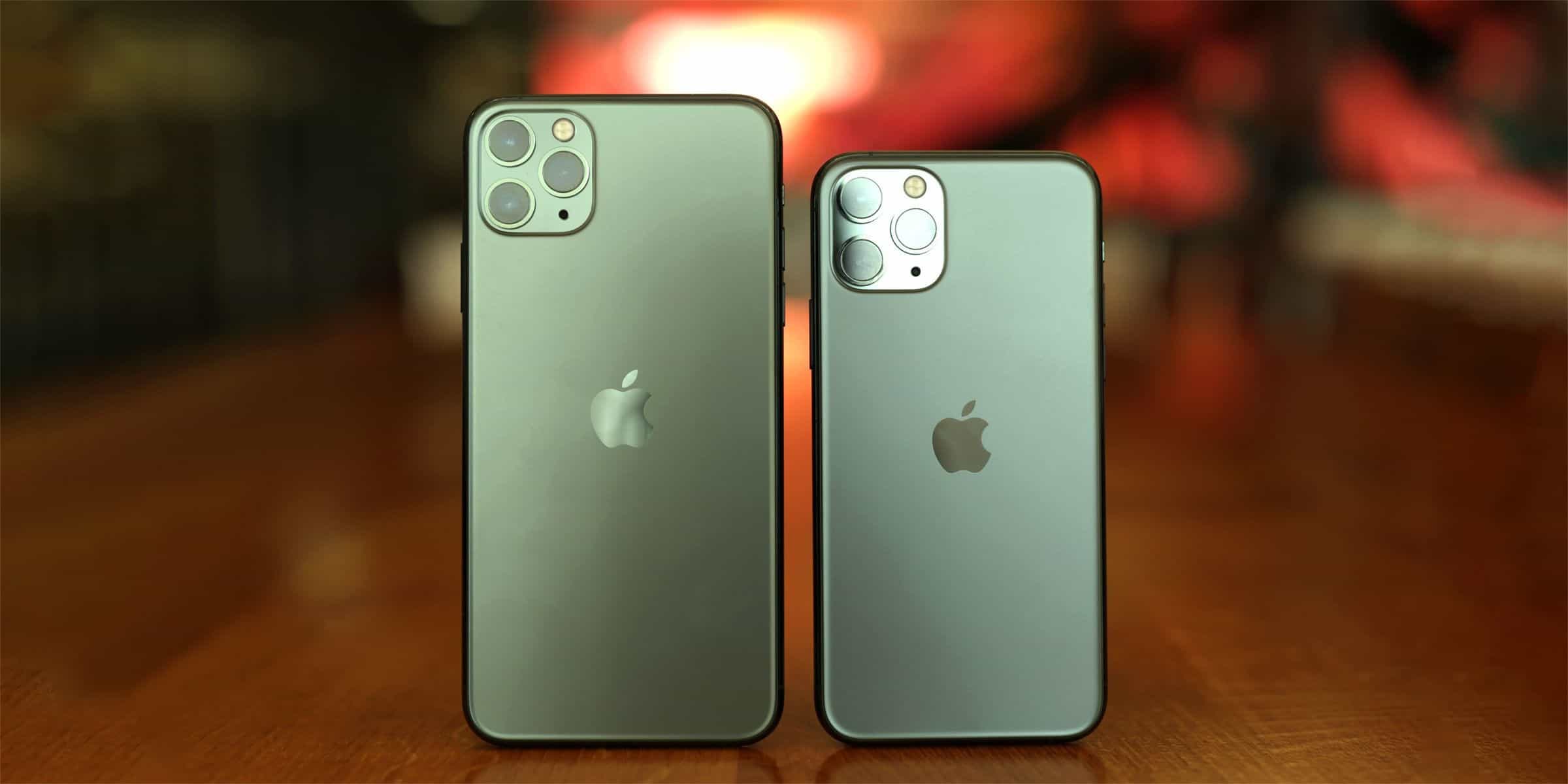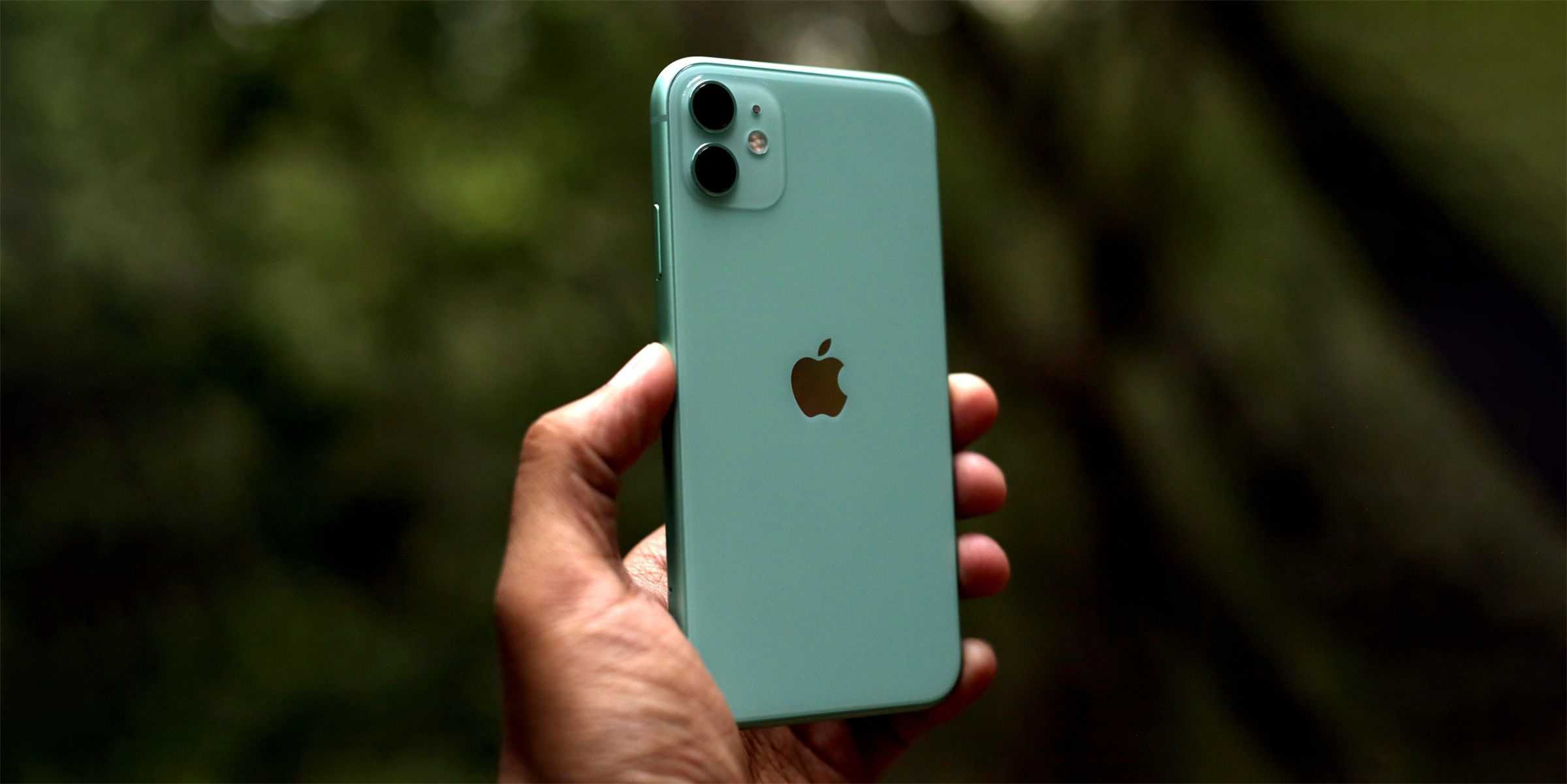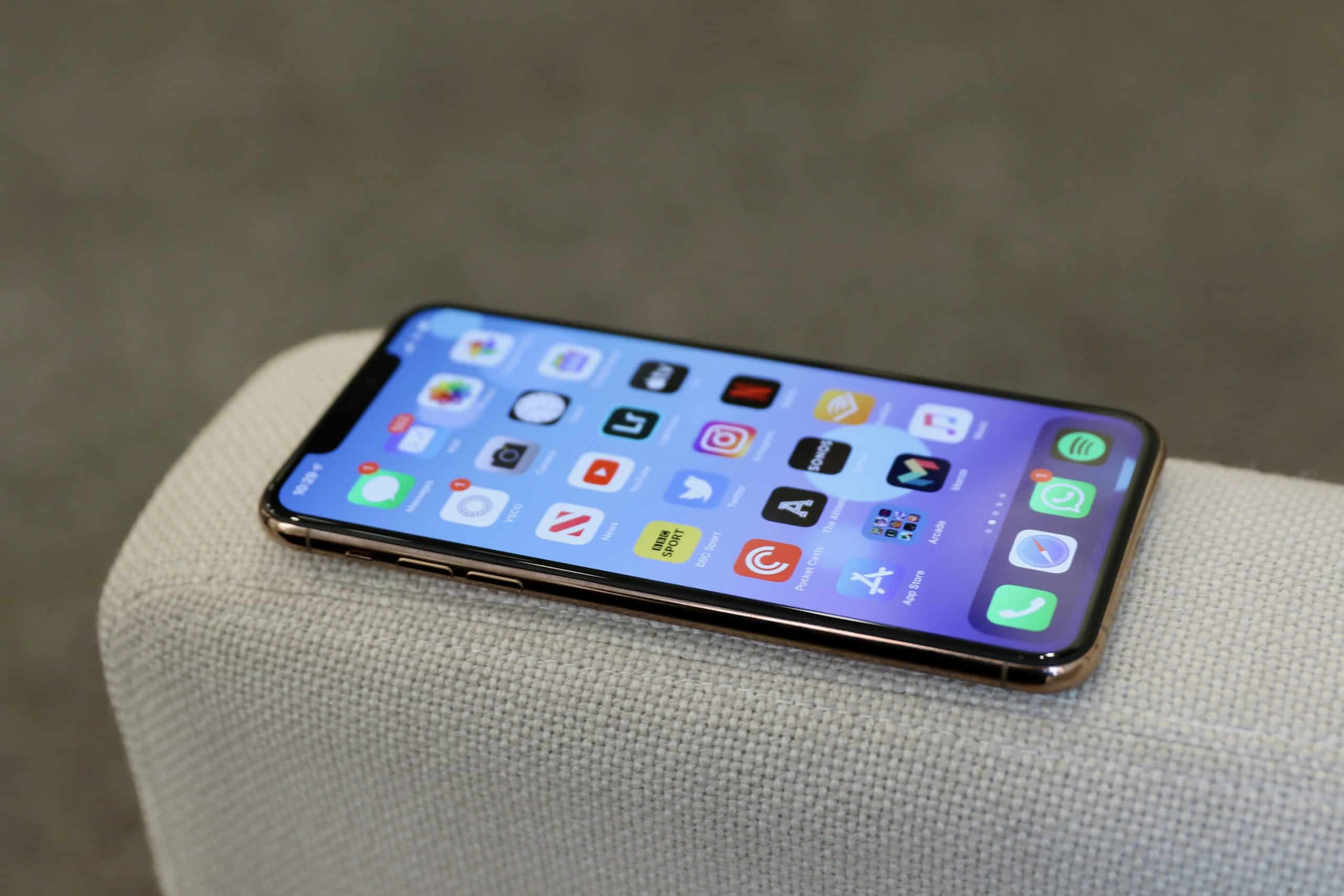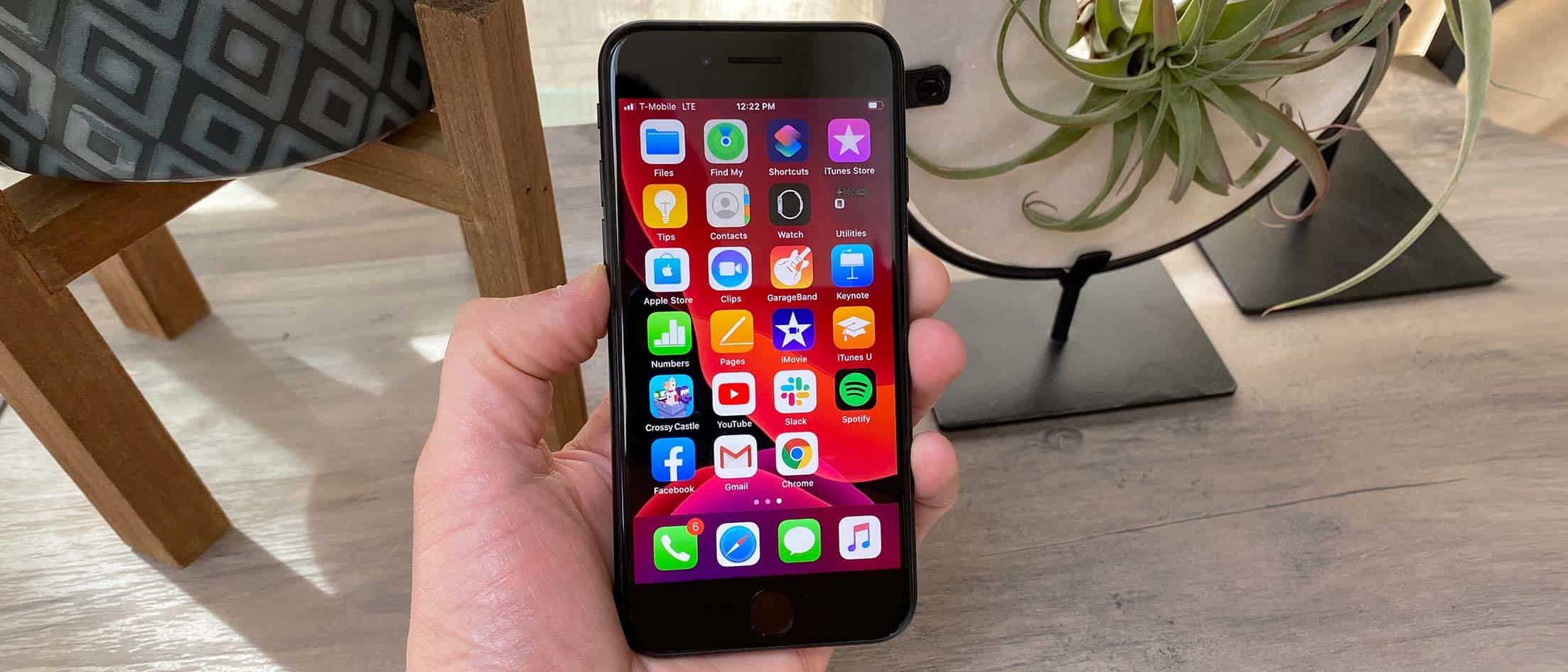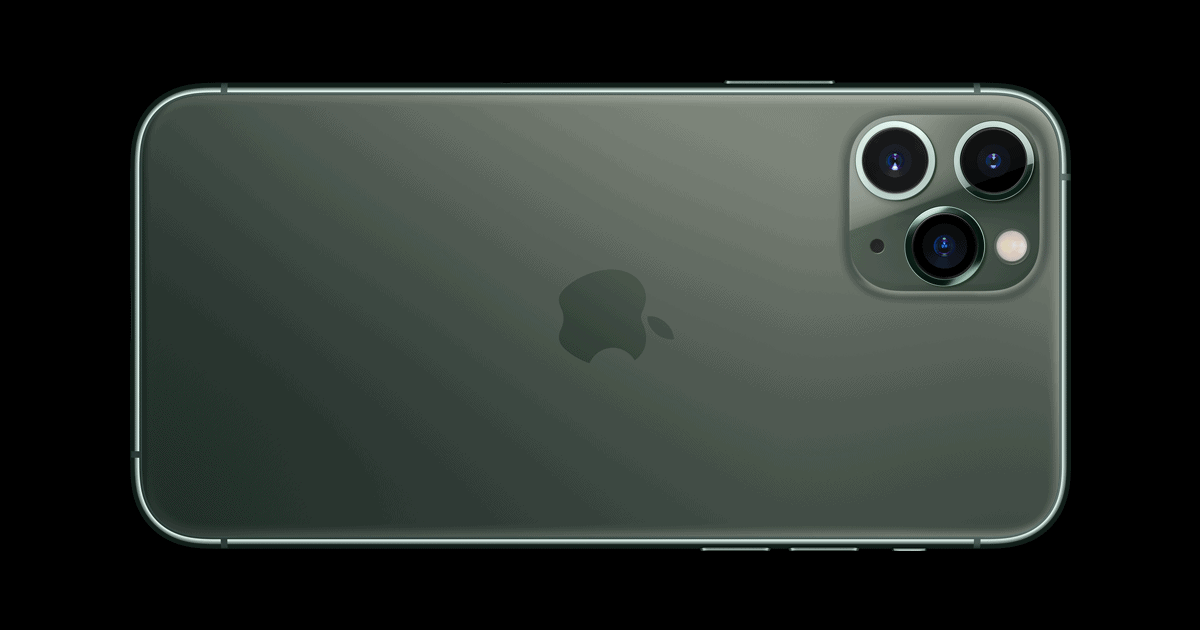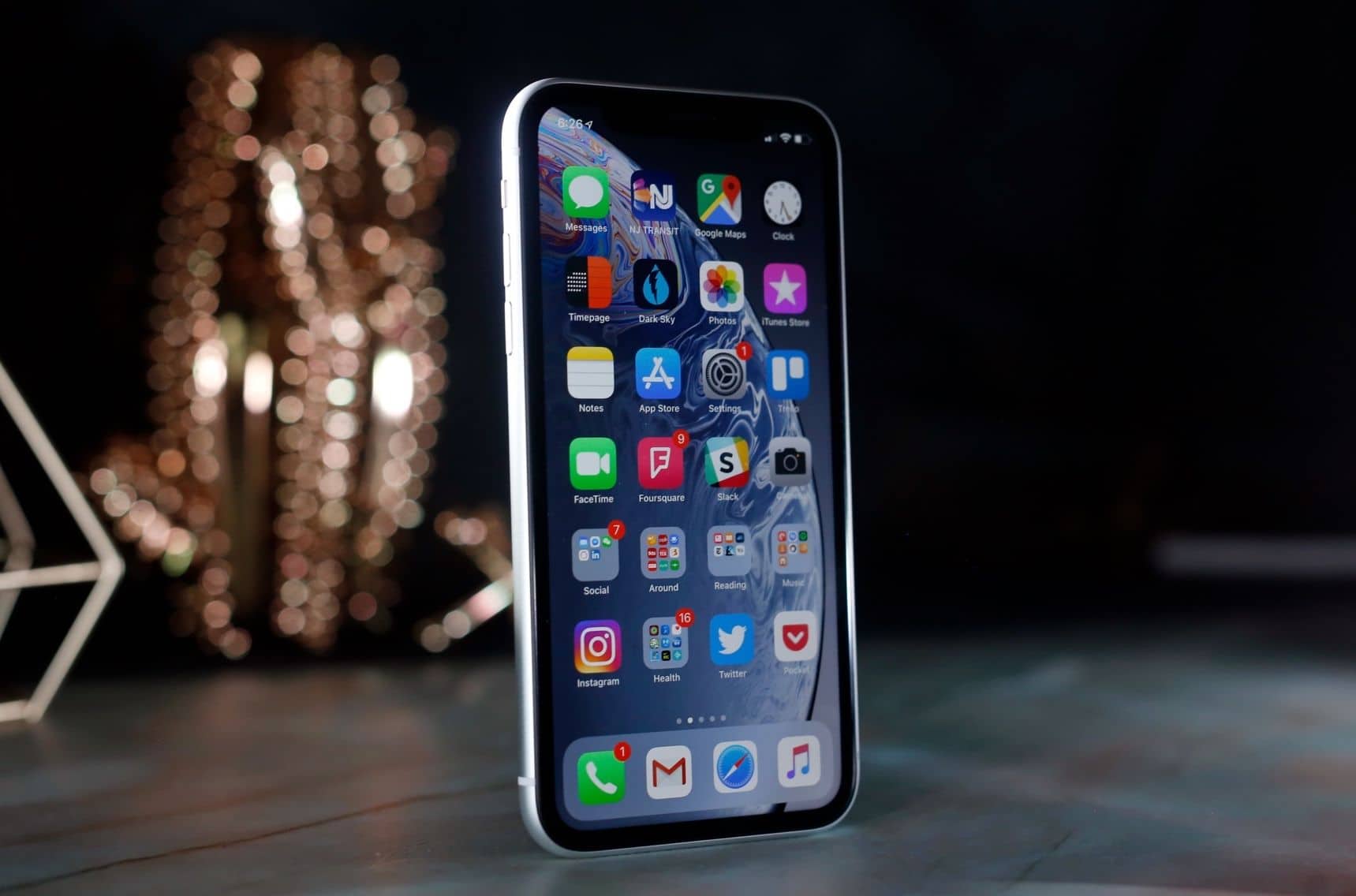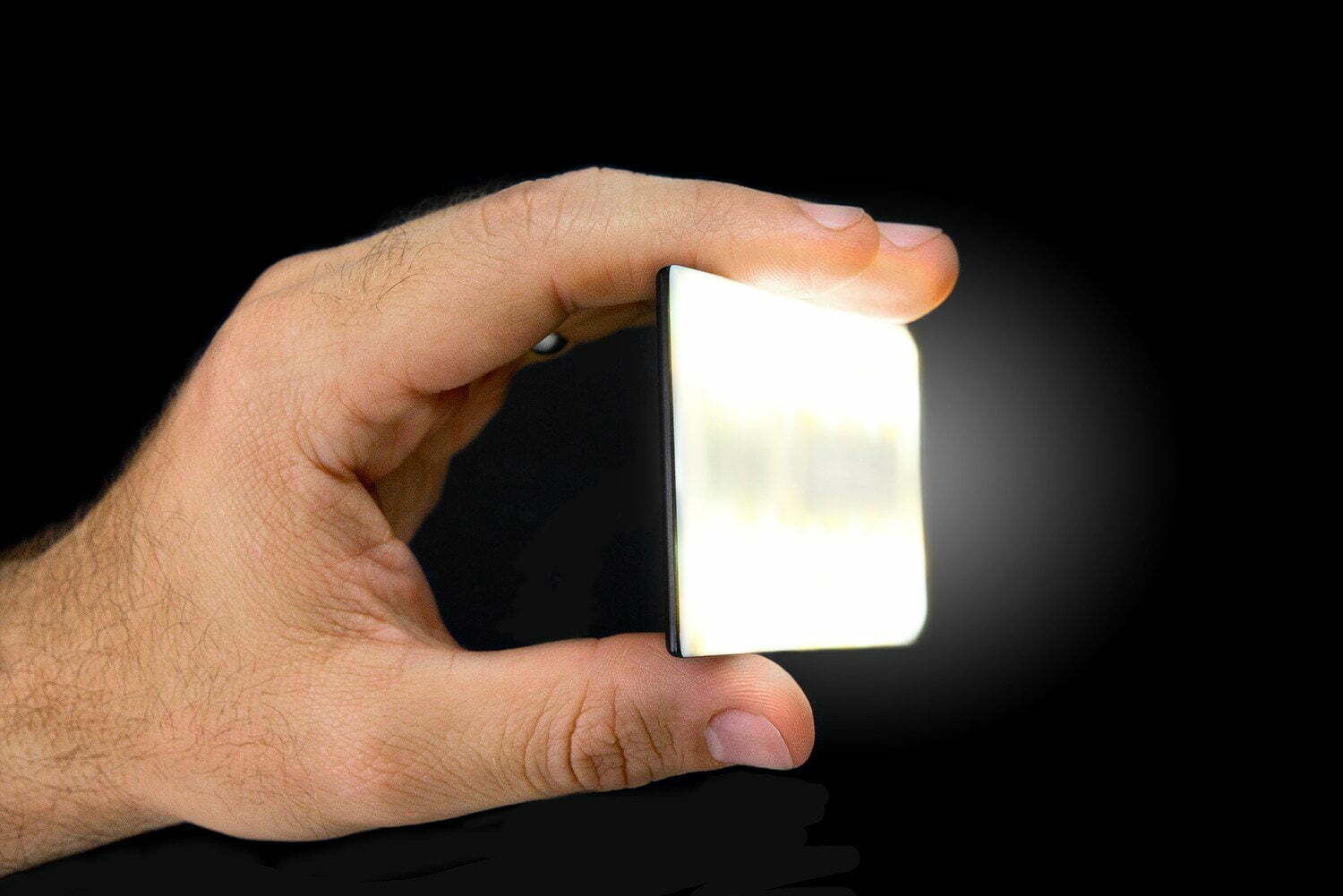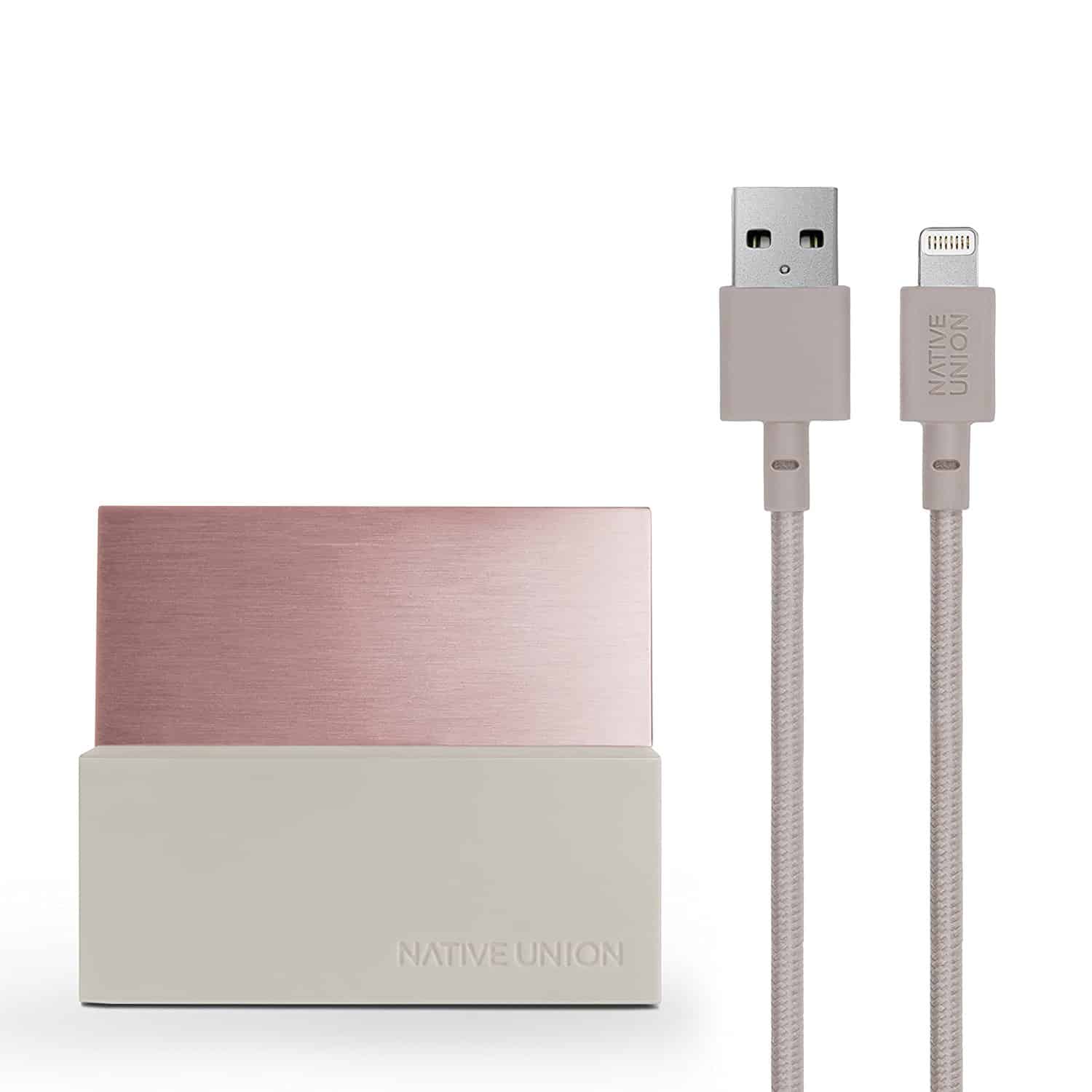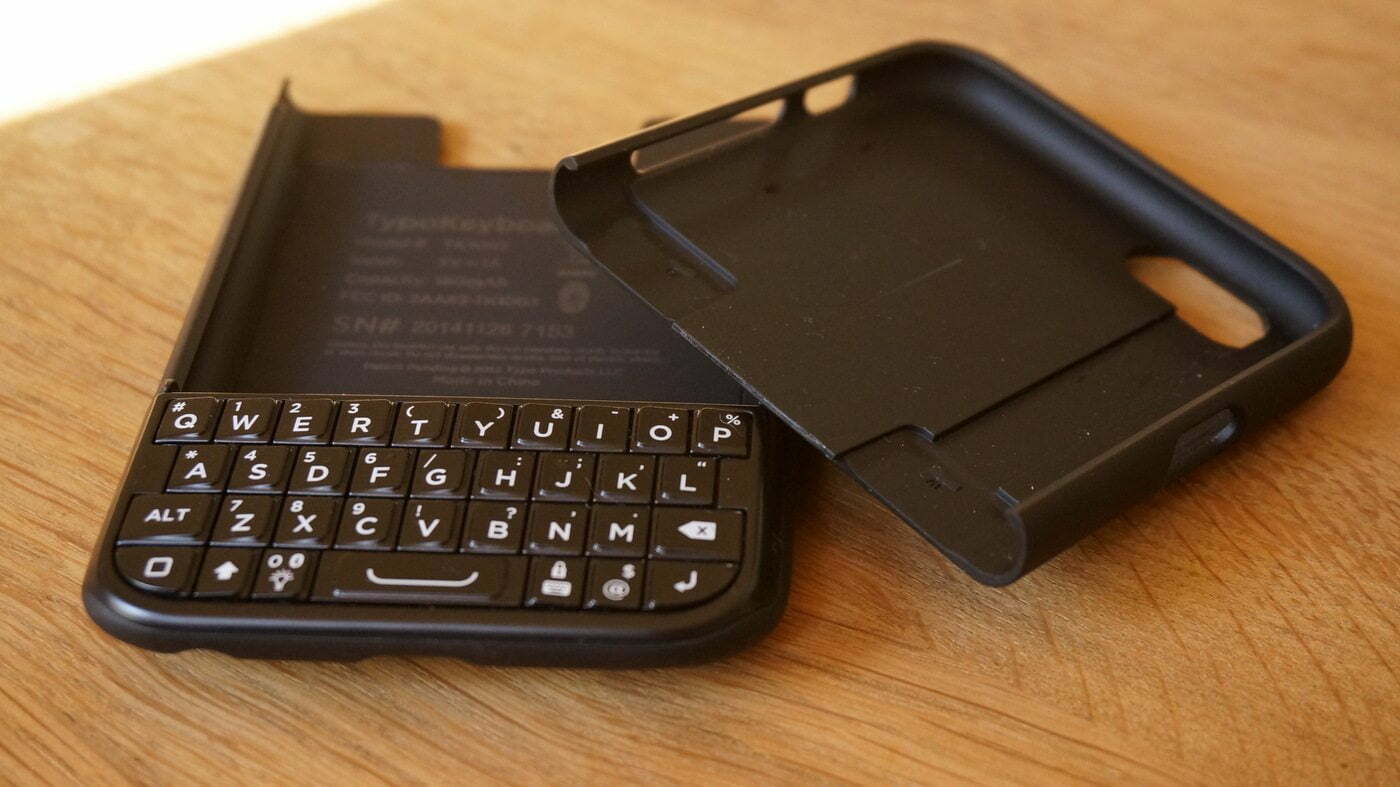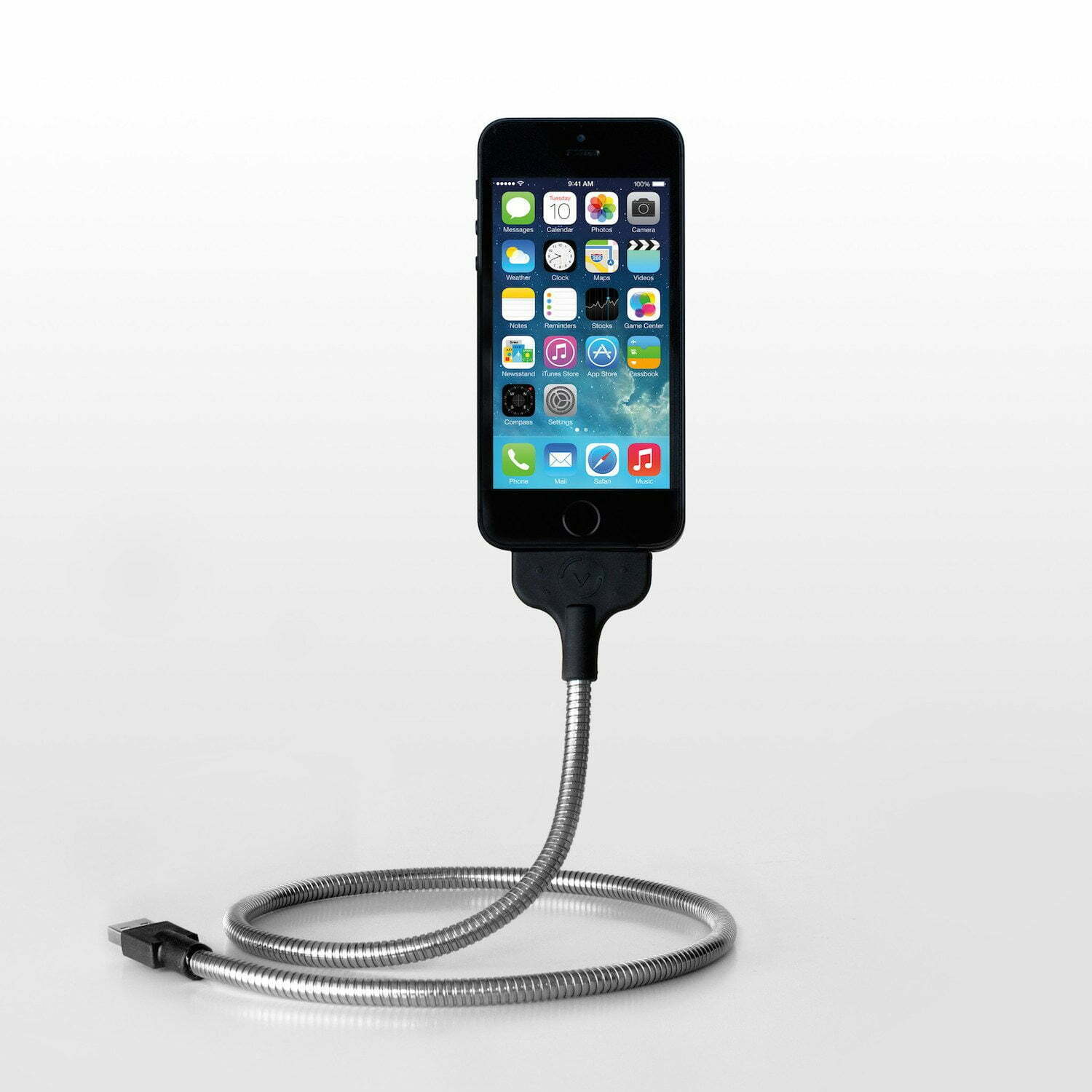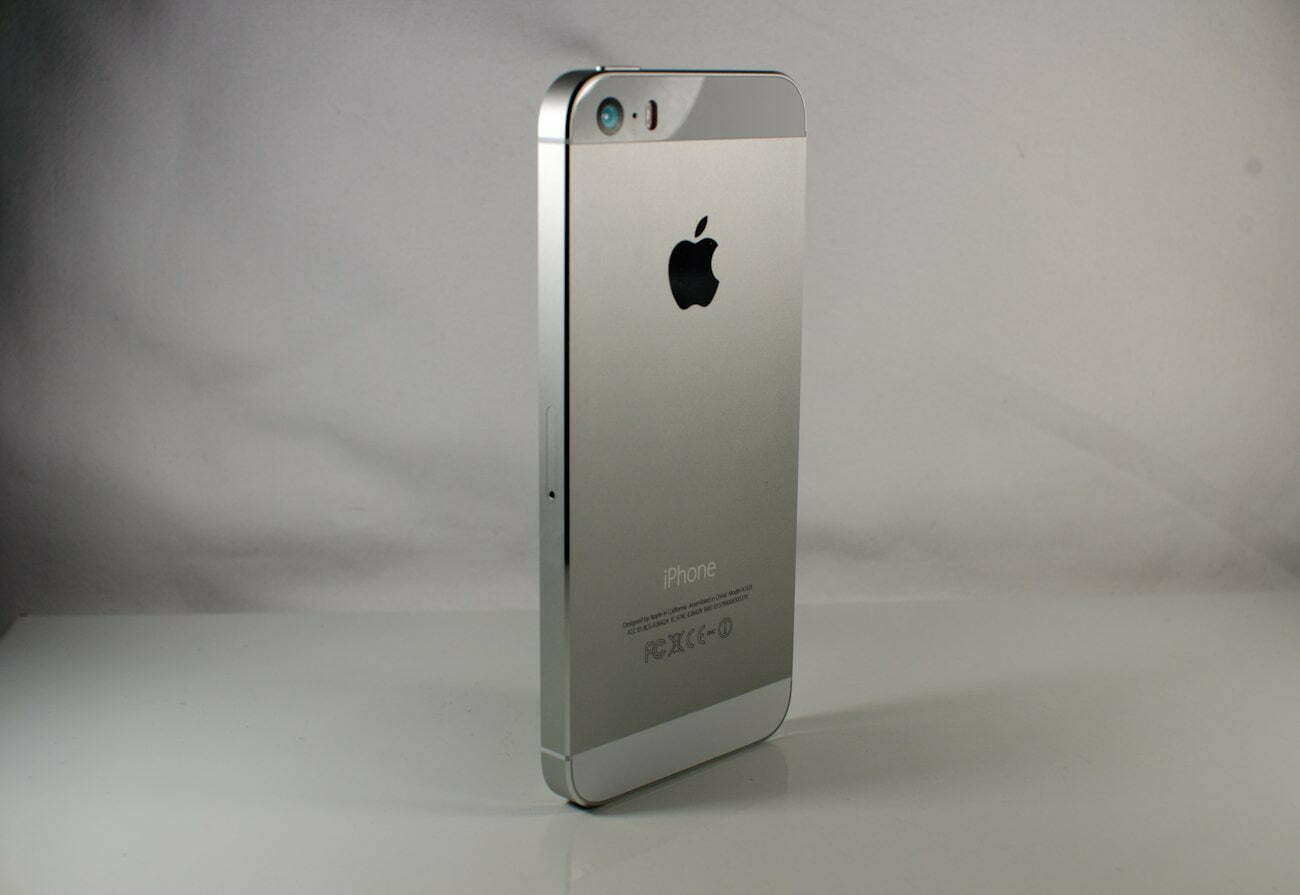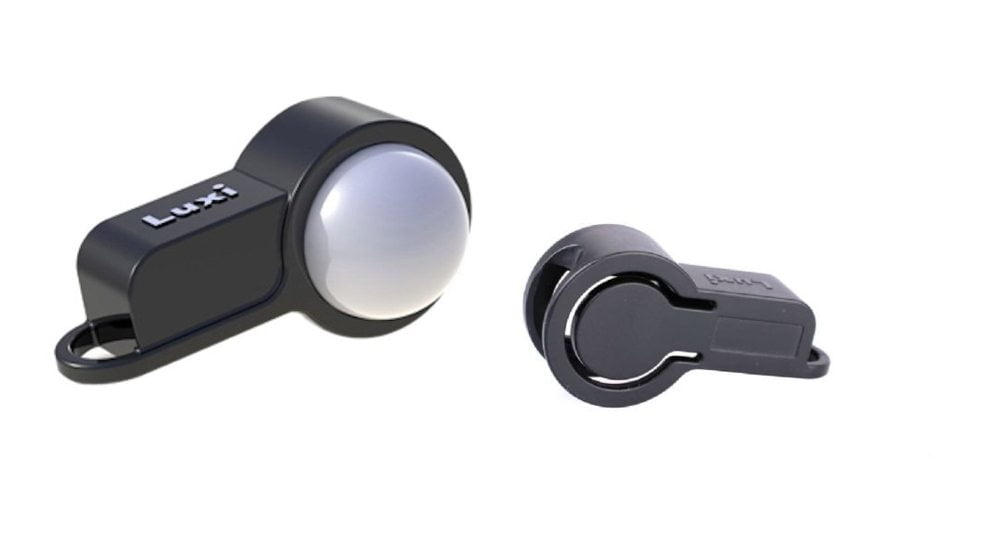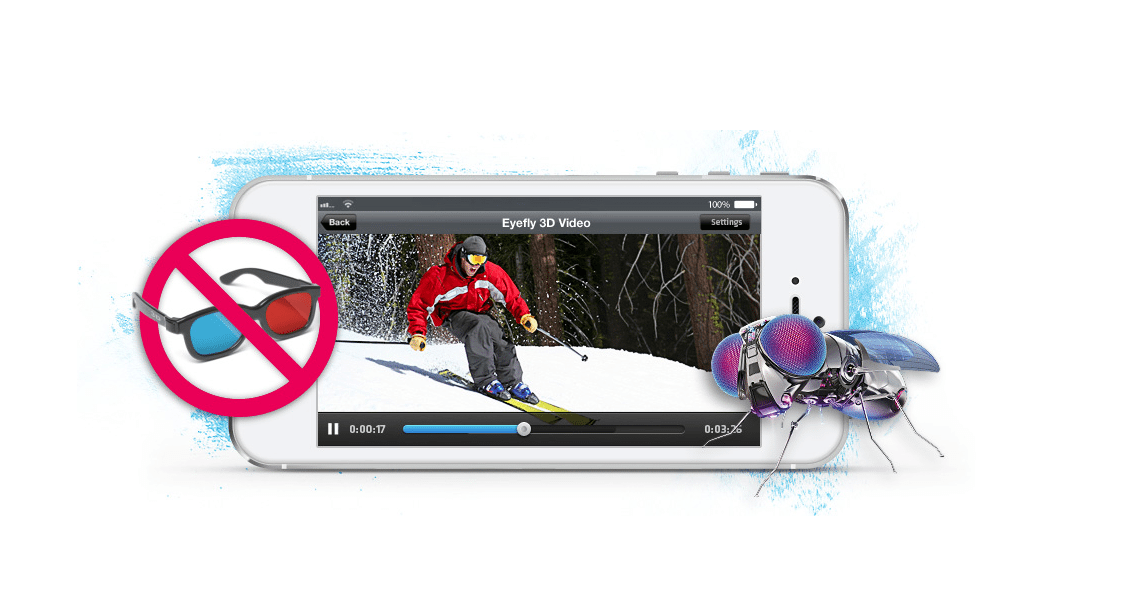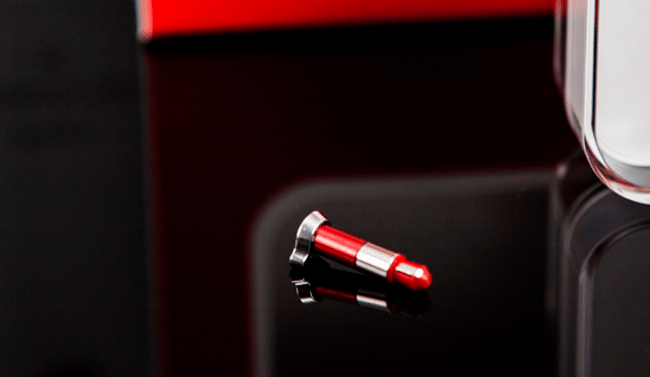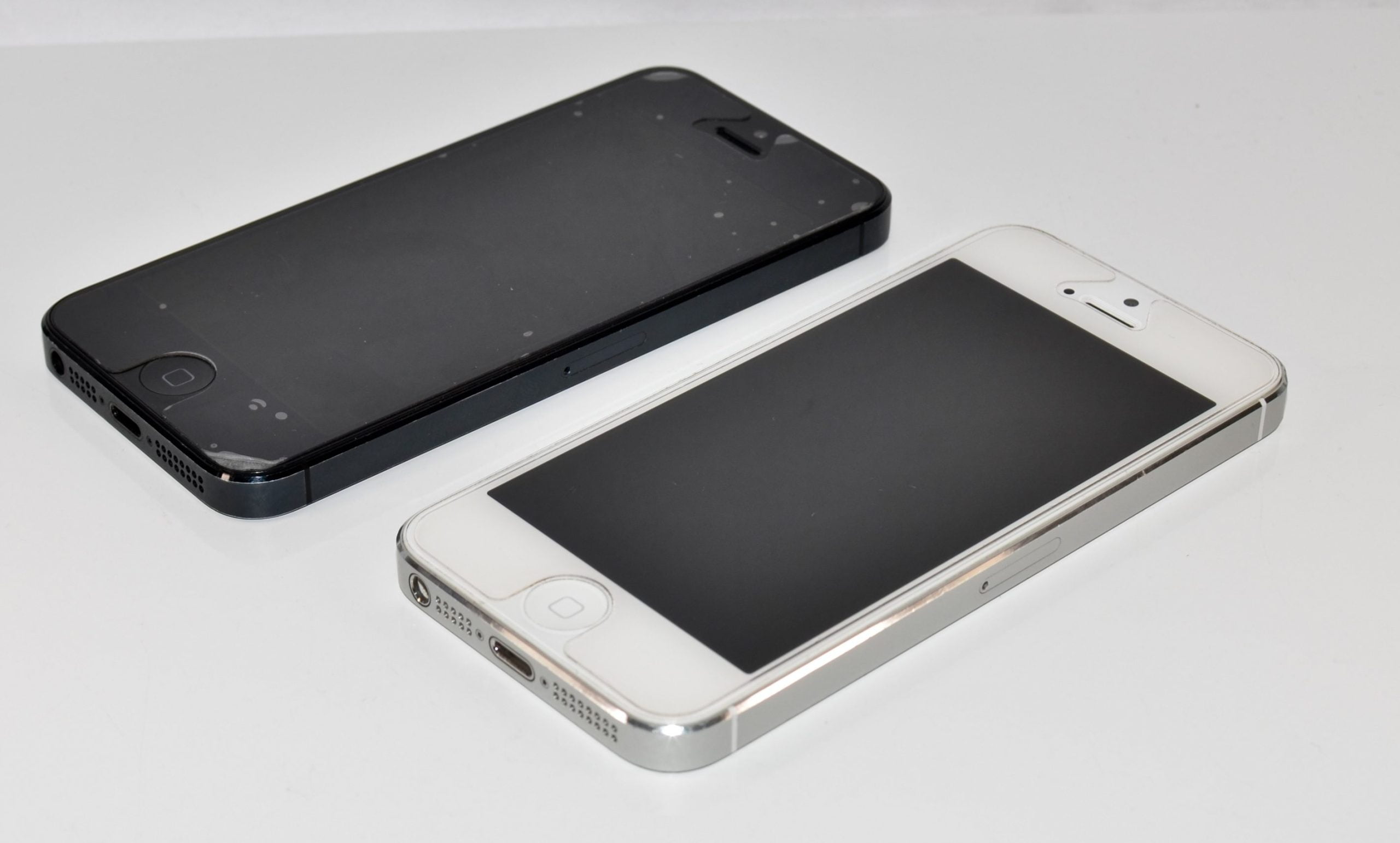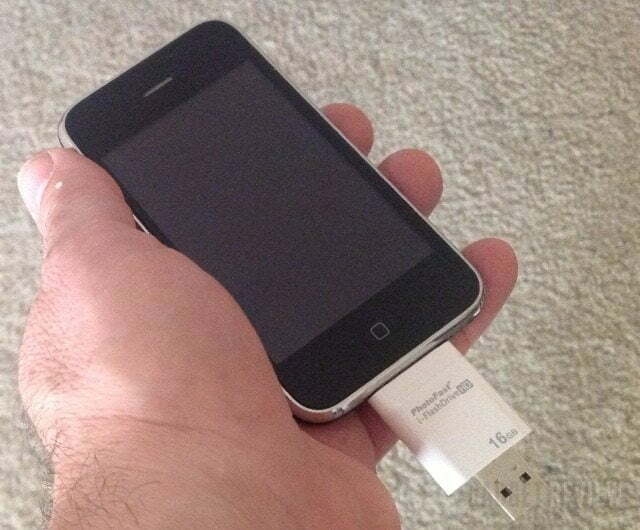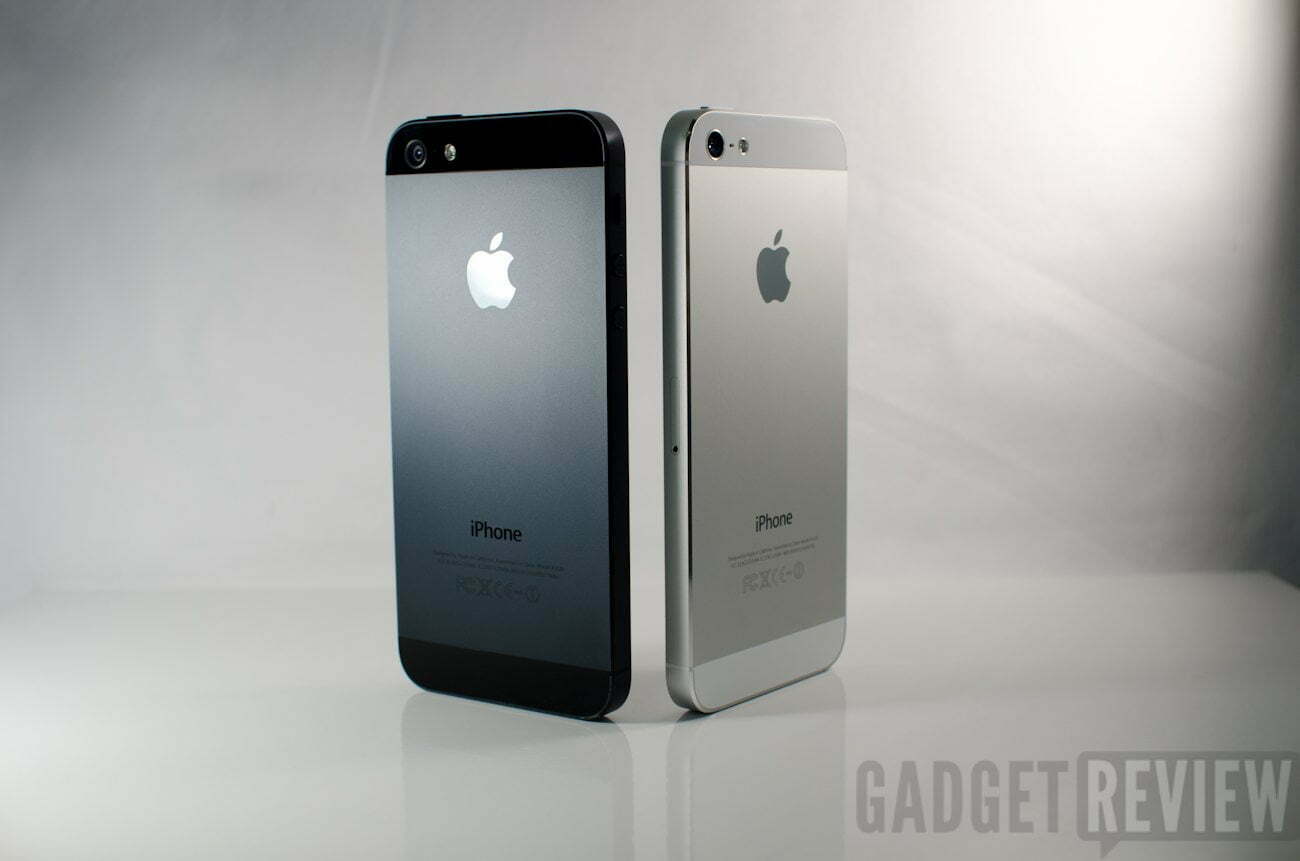Apple’s iPhone announcement on Tuesday wasn’t meant to expand their smartphone product line so much as it was a chance to announce replacements to an existing model. Only thing was, surprise surprise, it wasn’t the iPhone 4S that was going to be phased out, but rather the newest member of the iPhone product line, birthed on September 12, 2012. If you’re still not sure whether you should go with Apple or Samsung, definitely take a look at our iPhone 5 vs Samsung Galaxy s3 review.
So long, iPhone 5… don’t let the door of obsolescence hit you on the way out. It was nice while it lasted.
While the iPhone 4S remains in the lineup as more or less and entry-level device, Apple has broken with their tradition by announcing two iPhones instead of one.
The iPhone 5C is also meant to be an entry-level smartphone, albeit with a higher price tag than the 4S. The difference between the now obsolete 5 and 5C is negligible at best (very minor changes to the weight and dimensions due to the high-impact plastic that Apple has molded onto a metal antenna frame). The most you can say about it, comparison-wise, is that it comes in many pretty colors.
Moving on to the iPhone 5S, well, that’s where Apple has made some real changes. Incremental changes from the iPhone 5, sure, but that’s typical Apple. They don’t play by Wall Street’s rules and those of the blogosphere. Want a 6″ screen? Go with Samsung. Want NFC (still not ready for prime time)? Go with Samsung. Want a big, huge, two-handed phone that you can handwrite with using a stylus… again, go with Samsung. They have more phones on the market than they probably have buyers for ’em. They’ve saturated the market places with every variations of what a smartphone could be, while Apple has, to the dismay of Wall Street Gamblers, remained largely consistent with both the core design and functionality.
By glance, the iPhone 5S still looks like a slightly larger, and still incredibly elegant, iPhone 4. But internally, with its new 64-bit A7 processor, it is bringing to fruition the promise of mobile computing in the smallest form factor possible (I don’t think smartwatches will be going 64-bit anytime soon).
There is no real “winner” or “loser” in this comparison article. The only winner in my mind would be the buyer when faced with the “Apple/Samsung – iOS/Android” choice. As we’re not comparing Apples and Samsungs, but instead Apples and Apples, I’ll forgo further opinion on that battle, except to say this… Apple has upped the ante, and Samsung is already saying they’ll have a 64-bit processor in their Galaxy line as soon as 2014.
SIZE & WEIGHT
No change here whatsoever… the phones are virtually identical in form factor. What you get is a change from the black or white choice. Now there is a choice of metallic gold, Space Grey and silver. The now classic design is still there, repeated largely from the iPhone 4 and 4S… and of course, the now discontinued 5.
Jonathan Ive’s gorgeous, minimalist design (and the solid feel in the hand) is still what makes the iPhone appear to be a premium product (like an executive toy that the middle class can own). Nice. Things here didn’t really need changing. Larger screens be damned, I still like a phone to fit in one hand, and a smartphone should fit nicely in the smallest of adult hands… one-handed navigation of the screen with just a thumb is still essential in a convenient mobile device. Samsung might not think so, Apple still does.
DISPLAY
Again… no change. Apple gives us the same, marvelously sharp Retina Display in 4-inch size at 1136 x 640/326ppi. Since it’s introduction Retina Display hasn’t been improved much… Samsung may hold sway with larger screens and increased resolution, but again, we’re talking mobile devices here. Smartphones should fit in the pocket and fit in the hand, ’nuff said.
BATTERY
With the faster processor, one would think that the iPhone 5S would consume energy like the Cookie Monster does cookies, but Apple claims that’s not the case. Talk time is actually increased according to Apple’s own specs, and at press time we have no way of knowing if this is indeed true, but Tim Cook and Phil Schiller rarely talk out of their asses while on stage in front of Apple faithful, so there’s no reason to believe that you can’t get 10 hours of talk rather than 8 hours on a 3G communications network. Standby time is also increased, but all other energy specs stay largely the same from the iPhone 5.
PROCESSOR
This is where Apple has done a drastic makeover… inside, where it counts. The proprietary 64-bit A7 chipset includes a separate M7 processor dedicated to motion and movement, and is geared toward fitness apps; however, my thoughts are it also will act as a standby processor. Not everyone has fitness apps, or are interested in tracking their movement, so it would be a waste of space to put something in dedicated to niche activity.
There’s no telling how hot it will run, or how much juice it sucks down (see Battery section above) until folks get it in their hands and truly put it through some paces, but for now it’s safe to say, Apple has made a big impact with their new processor while maintaining the same form factor and weight.
The upgraded processor should run much faster than the iPhone 5 (Apple claims up to 40x faster overall than the original iPhone, with up to 56x increase in graphics processing speeds), and that will make for better gameplay and graphics rendering (already evident at the Apple event during a demo of Epic Games’ Infinity Blade 3), and it will also be noticeable when booting apps, multi-tasking and use of Apple’s improved camera functions.
The A7 processor can be understated… 64-bit is a drastic change and huge leap forward in mobile computing, already making the halls of Samsung’s headquarters thrum with nervous activity while the rush to catch up. Apple wins against itself here, but also wins, big time, versus Samsung.
OPERATING SYSTEM (OS)
iOS 7 is coming in September, having been announced and previewed at an earlier event. Apple is moving toward a flat, non-skeuomorphic design that wags on Wall St and in the blogosphere have mocked for being too similar to Google’s Android (their upcoming Kit Kat release won’t change much in terms of look, so this will be an ongoing debate).
Bright, colorful, it’s a big change from iOS 6 (a look largely unchanged since the initial iOS release with the first iPhone) and will add more up front functionality to the lock screen and other nice touches long overdue. With Steve Jobs gone, the apps will no longer look like leather stitched office supplies, but rather move forward into the 21st century where it doesn’t matter if your notes app looks like lined-ruled paper from grade school. Between the two iPhones, 5 and 5S, there is no difference… both will be capable of running iOS 7 as of September 18th.
CONNECTIVITY
The same… yawn. Of course the iPhone 5S connects via GSM, CDMA (3G/5G) and LTE networks, but it appears that Apple has dropped EDGE support at this point. Really, who needs it? Today’s smartphones have so outgown EDGE, it’s time to retire it for all but basic mobile phone use. Oh, yeah, and there’s Wi-Fi connectivity for all the current 802.11 standards and Bluetooth 4.0 sync as well… pretty standard stuff, and no real changes.
No winner here… no, nothing… really. Connectivity is really a boring segment of any piece. As long as the satellites fly and work, we’re cool. Let’s move on.
STORAGE
Cry all you want. If you play in the Apple sandbox you’re not going to get removable storage ever, ever, never, just realize this and relax. Removable storage is a nice feature, sure, but who wants to be carrying around little SD cards that could get lost. Fumbling around with those is so… last decade. Apple doesn’t care if you need storage, though they will offer you a 64GB iPhone 5S that you can fill up with apps, movies, songs, books, data, porn.. what have you. Note that the 5S also comes in 32GB and 16GB configurations (the 5C only has these two configs), while the 4S is sold only with 8GB of storage.
The reason Apple isn’t interested in removable storage of any sort is iCloud. iCloud stores apps, movies and books purchased from Apple, along with your data, iWork projects, etc. while the companion Photo Stream portion of iCloud is for your precious photos. More importantly Apple now offers iTunes Match for the storage of your entire music collection (including up to 25,000 songs not purchased through their iTunes Store). Apple prefers you do it this way… it’s more efficient, removes the need for massive storage on a mobile device (even with Flash storage there are issues of size and heat) and is far safer considering that if you’re not one of those who frequently back up to iTunes or Time Machine directly, iCloud and iTunes match make super easy to let the device sync with the cloud while you’re not even thinking about the need for backup.
What’s that you say… you don’t want Apple telling you what you can have in regards to aging tech? Oh, boy! I have an old CD-ROM drive to sell you, sucker friend.
CAMERA
Apple had made improvements to the iSight for iPhone 5, and the camera lens specs largely stay the same for the 5S. You still get 8 megapixels to play with, though the 2.2 f-stop aperture allows more light to be captured (an increase in light sensitivity of 33% according to Apple), thus improving photos. The image capture sensor is reportedly 15% larger which allows for much greater detail, but add to that the overall larger pixels size (1.5 microns) and it’s apparent that when one can actually obtain a 5S to take photos, there will be little disappointment, and probably a lot of oohs and aahs over the impressive color saturation, fine detail and depth of field.
The A7 processor will make autofocus a snap with up to 2x the speed of the iPhone 4S and 5. Apple has also added a dual element flash they’ve named True Tone. The original LED light was a brilliant white and didn’t always illuminate colors properly, and could easily wash out a good photo, but with the addition of an amber LED, Apple claims that new camera-specific software algorithms enable the 5S to assess the proper color temperature between the dual LEDs the moment they flash. This will maintain a more proper white balance and produce colors that are a bit more truer to life.
The other major changes to the camera are the addition of burst mode and camera stabilization that were previously the domain of third-party camera app developers (Camera+ is still one of the finest, and offered one of the only ways to get a decent anti-shake function as well as the aforementioned burst shooting mode). The iPhone 5S also offers automatic exposure adjustment for its panoramic shooting mode… which is nice for those tricky shots where the lighting values tend to change.
The rear facing iSight lens shoots 1080p HD video, while the front facing FaceTime lens shoots 720p HD (and now comes with an illumination sensor). That FaceTime camera, no longer VGA, will also shoot 1.2 megapixel stills, but let’s face it… unless you’re taking selfies, the real power comes from the iSight camera. Apple has introduced both slow motion video and live video zoom for the iSight camera. The pinch-to-zoom technique used to shoot photos now is adapted to the video recorder (up to 3x optical zoom), and the slow motion effect can only be used in 720p video mode (not 1080p) and captures video at 120 fps… once captured you can slow it down to quarter-speed for a more dramatic effect during playback. Nice features, but I would also like to see image stabilization introduced to the video mode… it’d be nice to have a optical Steadicam in my pocket, but I’m not complaining just yet.
All-in-all, Apple has added some terrific features to an already great point-and-shoot camera phone device, and it’s worth noting they probably solved that awful color tint that came with the first iPhone 5 models (due to the way the sapphire lens cover worked with the sensor). It’s a big leap forward and another reason to ditch an actual camera in favor of a smartphone for every day photography and videography needs.
PRICE
Apple, to read the growling and bitching from analysts and bloggers who expected oh so much more from the Cupertino, California company, simply refuses to make a cheapo iPhone. I say, credit goes to them… Apple should remain a premium product. The day Mercedes makes a Pinto knockoff is the day Apple makes a crappy phone for the masses not yet convinced to dive into the smartphone universe. Keep your cheap devices… you get what you pay for with Apple and that’s always been the case. The company offers an elegant, beautifully designed and wonderfully executed gadget that blows much of the competition away in terms of UI, overall usability and power. The 5S is no different than the 5 when it comes to initial release pricing.
I won’t even get into subsidized vs. unsubsidized… if you’re one of those folks who just has to hack their phone to make it more, y’know, personal, then stick with Samsung. If you buy an unsubsidized phone to jailbreak it (not sure if that can even be done with iOS 7) or you simply wish to go to some other carrier than the big majors that carry iPhone, then you kinda deserve what you get… a much, much higher price. Apple doesn’t really think you’d want to do this, so when they price these things it’s with the consideration of a two-year contract from most of the major service providers like AT&T, Verizon and Sprint. There’s no clear winner here, because Apple has simply kept things the same. If you can’t handle the price for the 5S, then look into the 5C or 4S. However, you’ll be missing out on a greatly improved camera, a much more powerful and faster processor, and that classic iPhone look in gold, Space Grey or silver. Many might not think it’s worth buying a smartphone that only offers some incremental improvements, but I think Tim Cook and his team truly know what they are doing. As always Apple marches to the beat of their own drummer… come along and join the parade if you wish.
iPhone 5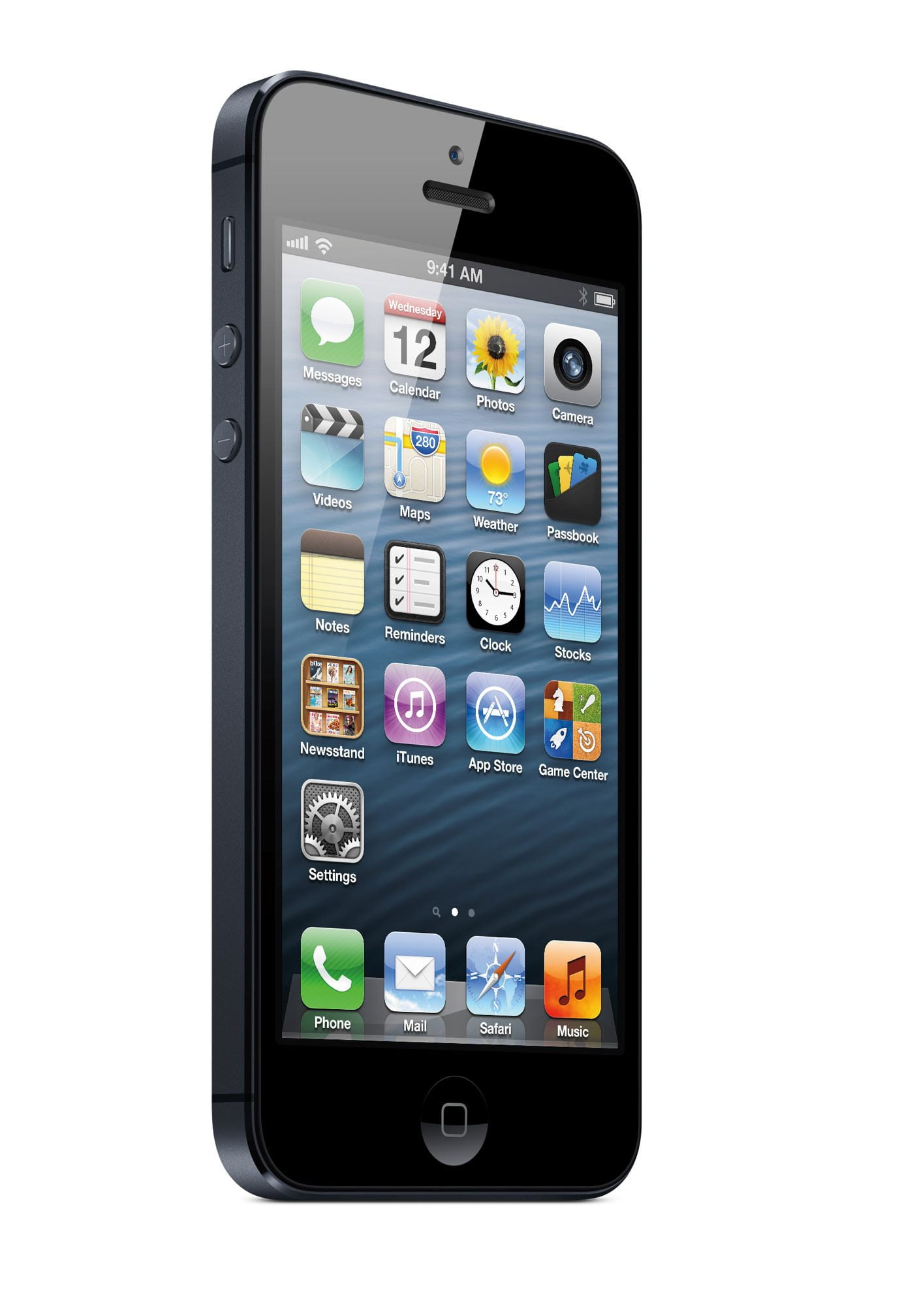 | iPhone 5S |
| Size | 4.87(H) x 2.31(W) x 0.30(D) inches | 4.87(H) x 2.31(W) x 0.30(D) inches |
| Weight | 3.95oz | 3.95oz |
| Display | 4-inch (diagonal) Retina display; 1136-by-640 resolution; 326 ppi | 4-inch (diagonal) Retina display; 1136-by-640 resolution; 326 ppi |
| Battery | Built-in rechargeable 1,440mAh lithium-ion battery / Charging via USB to computer system or power adapter / Talk time: Up to 8 hours on 3G / Standby time: Up to 225 hours / Internet use: Up to 8 hours on 3G, up to 8 hours on LTE, up to 10 hours on Wi-Fi / Video playback: Up to 10 hours / Audio playback: Up to 40 hours | Built-in rechargeable 1,570mAh (not confirmed) lithium-ion battery / Charging via USB to computer system or power adapter / Talk time: Up to 10 hours on 3G / Standby time: Up to 250 hours / Internet use: Up to 8 hours on 3G, up to 10 hours on LTE, up to 10 hours on Wi-Fi / Video playback: Up to 10 hours / Audio playback: Up to 40 hours |
| Processor | Apple A6 Dual-Core; 1300 MHz; 1016 MB RAM | Apple A7 with 64-bit architecture; M7 Motion Co-Processor; RAM: Unknown |
| OS | iOS 6.x – iOS 7 | iOS 7 |
| Connectivity | GSM / EDGE / CDMA / LTE / GPS and GLONASS | GSM / CDMA / LTE / GPS and GLONASS |
| Storage | Flash Memory: 16GB / 32GB / 64GB | Flash Memory: 16GB / 32GB / 64GB |
| Camera | 8 MP iSight Camera; Video recording, HD (1080p) up to 30 frames per second with audio / 1.2MP FaceTime HD camera; HD (720p) up to 30 frames per second | 8 MP iSight Camera; Video recording, HD (1080p) up to 30 frames per second with audio / 1.2MP FaceTime HD camera; HD (720p) up to 30 frames per second |
| WiFi | 802.11 a/b/g/n | 802.11 a/b/g/n |
| Bluetooth | 4.0 | 4.0 |
| Price | 16GB $199 / 32GB $299 / 64GB $399 | 16GB $199 / 32GB $299 / 64GB $399 |

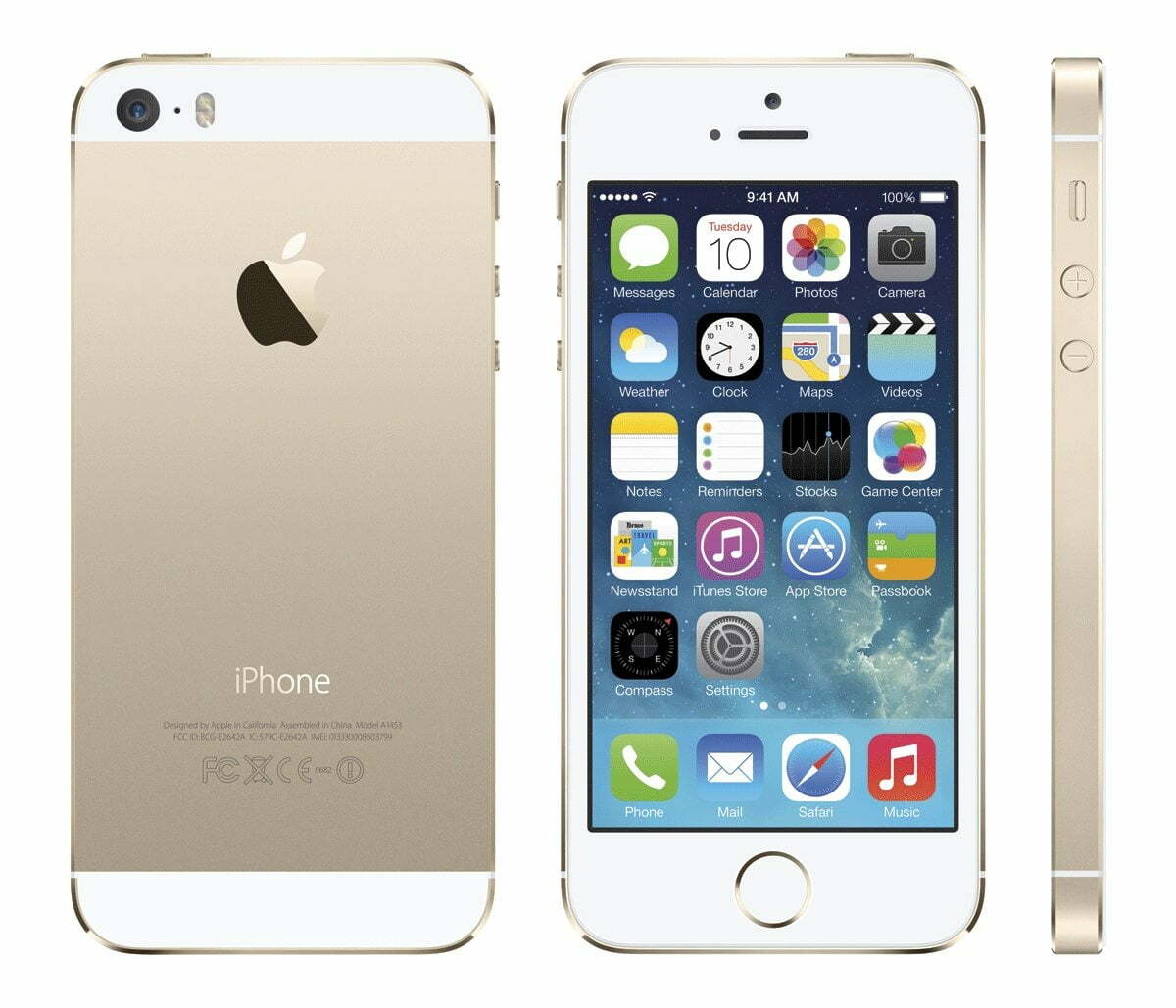













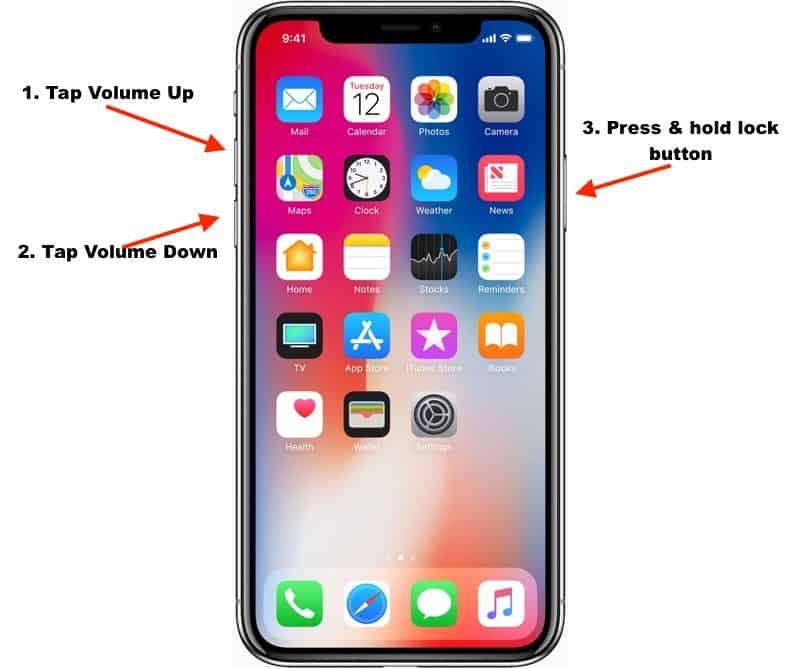

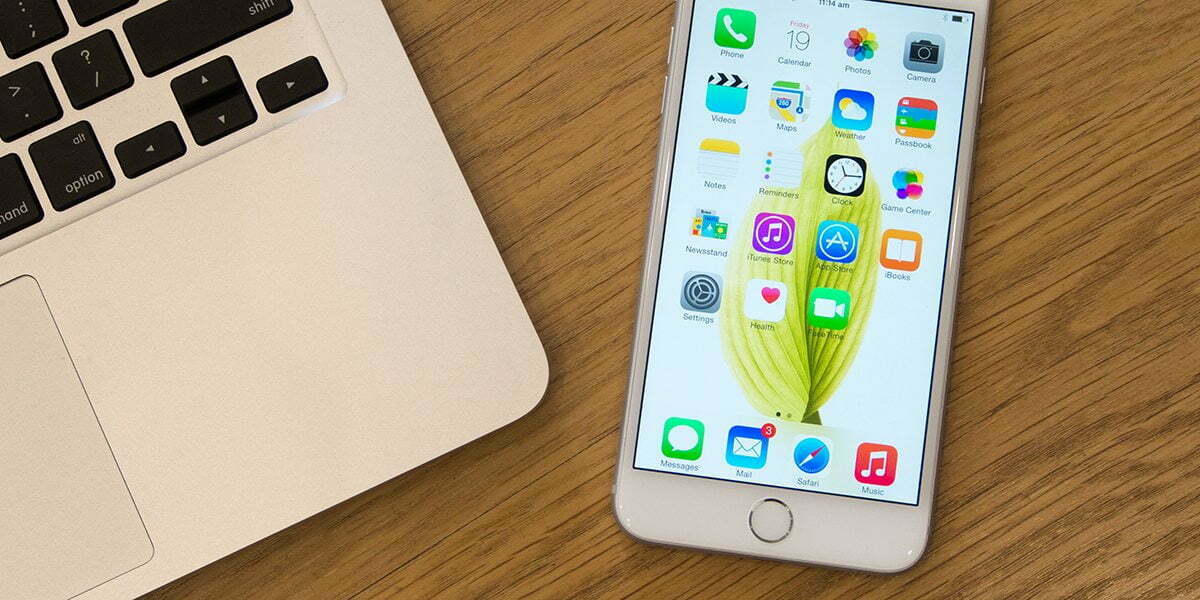

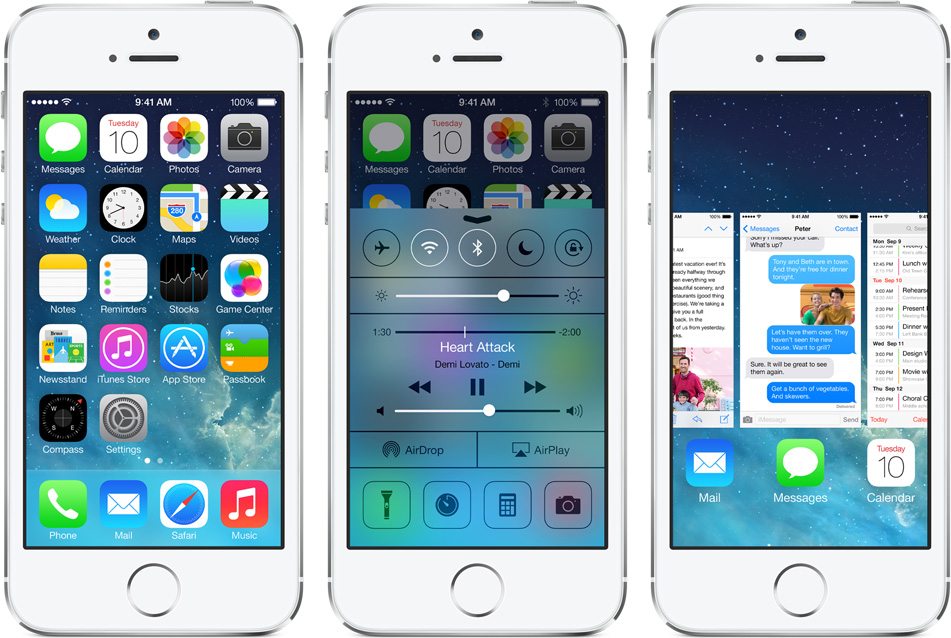
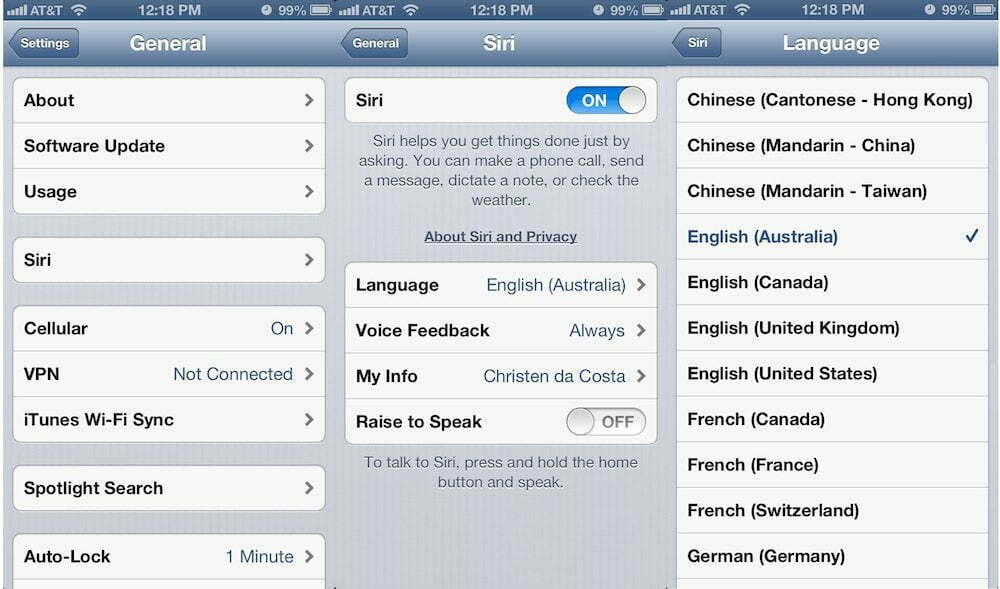
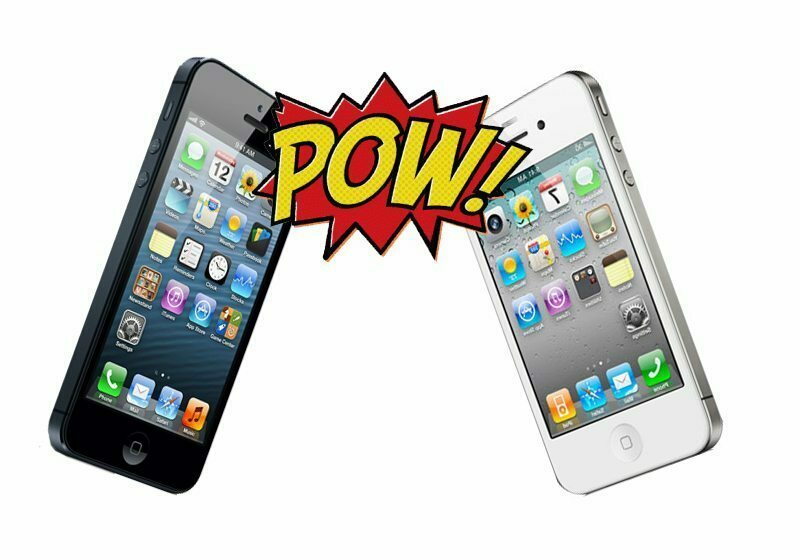
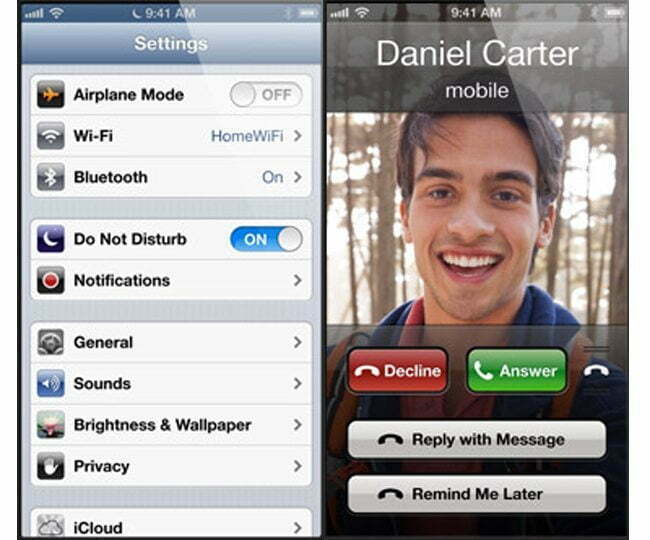
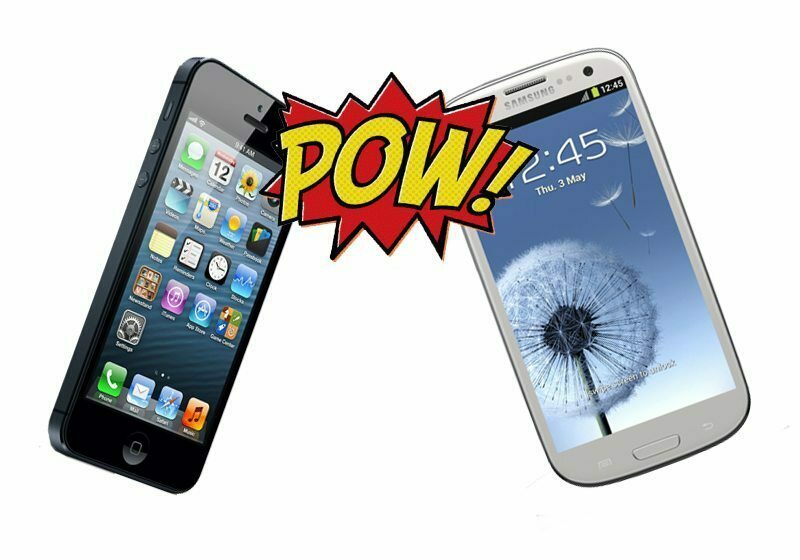
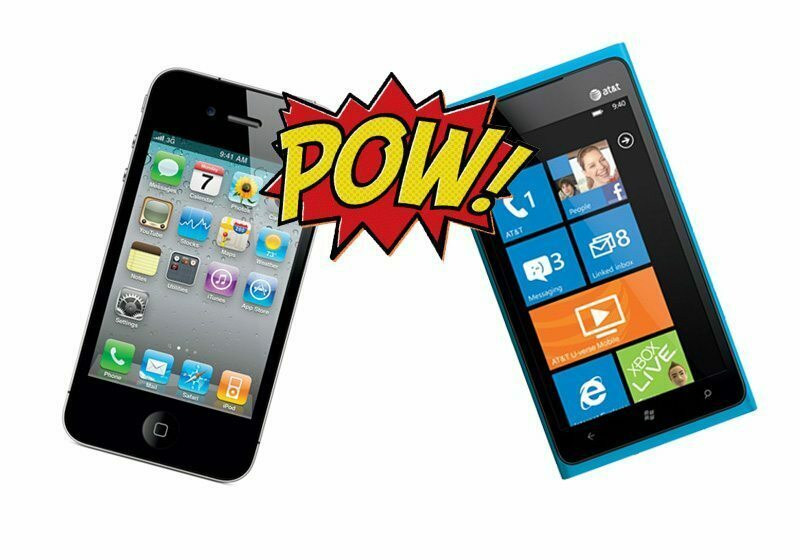
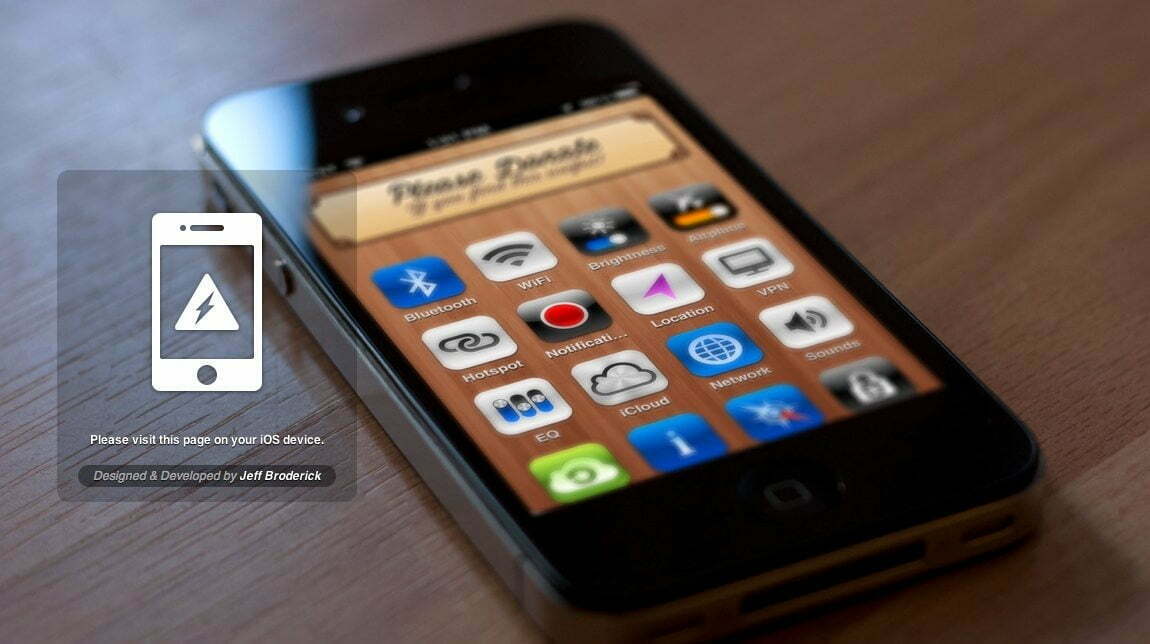
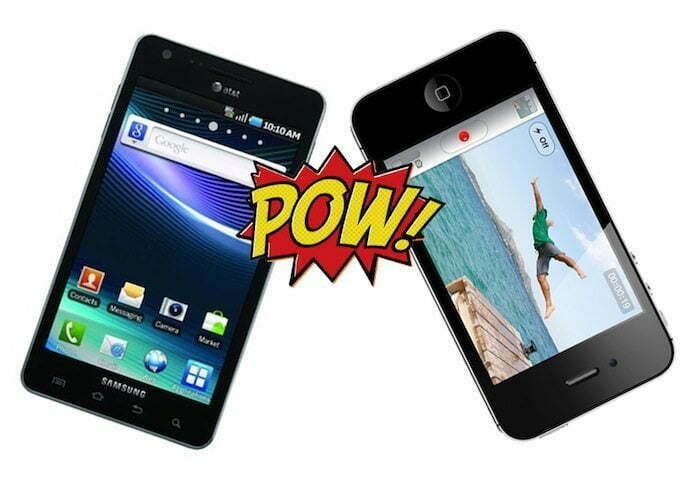
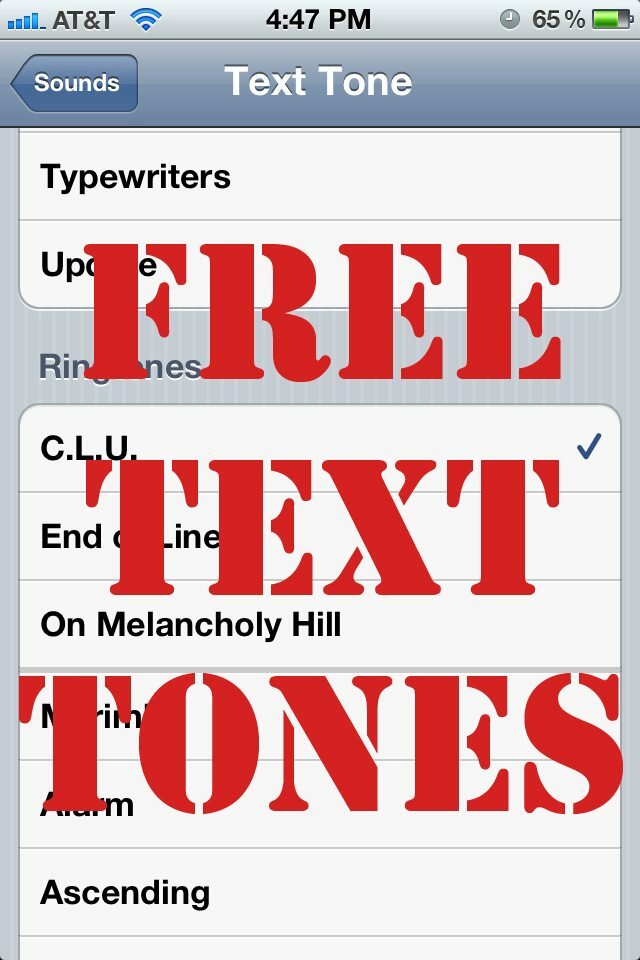



![Best iPhone in [year] ([month] Reviews) 26 Best iPhone in 2025 (November Reviews)](https://www.gadgetreview.dev/wp-content/uploads/best-iphone-image.jpg)
![Best Credit Cards with Cell Phone Insurance in [year] 27 Best Credit Cards with Cell Phone Insurance in 2025](https://www.gadgetreview.dev/wp-content/uploads/best-credit-cards-with-cell-phone-insurance-image-1.jpg)
![Best Smartphone in [year] ([month] Reviews) 28 Best Smartphone in 2025 (November Reviews)](https://www.gadgetreview.dev/wp-content/uploads/MagCase-Is-The-Worlds-Thinnest-Phone-Case-1.jpg)
![10 Best Rugged Smartphones in [year] 29 10 Best Rugged Smartphones in 2025](https://www.gadgetreview.dev/wp-content/uploads/best-rugged-smartphone.jpg)
![10 Most Secure Phones in [year] 30 10 Most Secure Phones in 2025](https://www.gadgetreview.dev/wp-content/uploads/Most-Secure-Phone.jpg)
![10 Best Selfie Camera Phones in [year] 31 10 Best Selfie Camera Phones in 2025](https://www.gadgetreview.dev/wp-content/uploads/best-selfie-camera-phone.jpg)
![10 Best Dual SIM Phones in [year] 32 10 Best Dual SIM Phones in 2025](https://www.gadgetreview.dev/wp-content/uploads/best-dual-sim-phone.jpg)
![10 Best Small Phones in [year] 33 10 Best Small Phones in 2025](https://www.gadgetreview.dev/wp-content/uploads/best-small-phones.jpg)
![10 Best Low Light Camera Phones in [year] 34 10 Best Low Light Camera Phones in 2025](https://www.gadgetreview.dev/wp-content/uploads/best-low-light-camera-phone.jpeg)
![10 Best Large Screen Phones in [year] 35 10 Best Large Screen Phones in 2025](https://www.gadgetreview.dev/wp-content/uploads/best-large-screen-phone.jpg)
